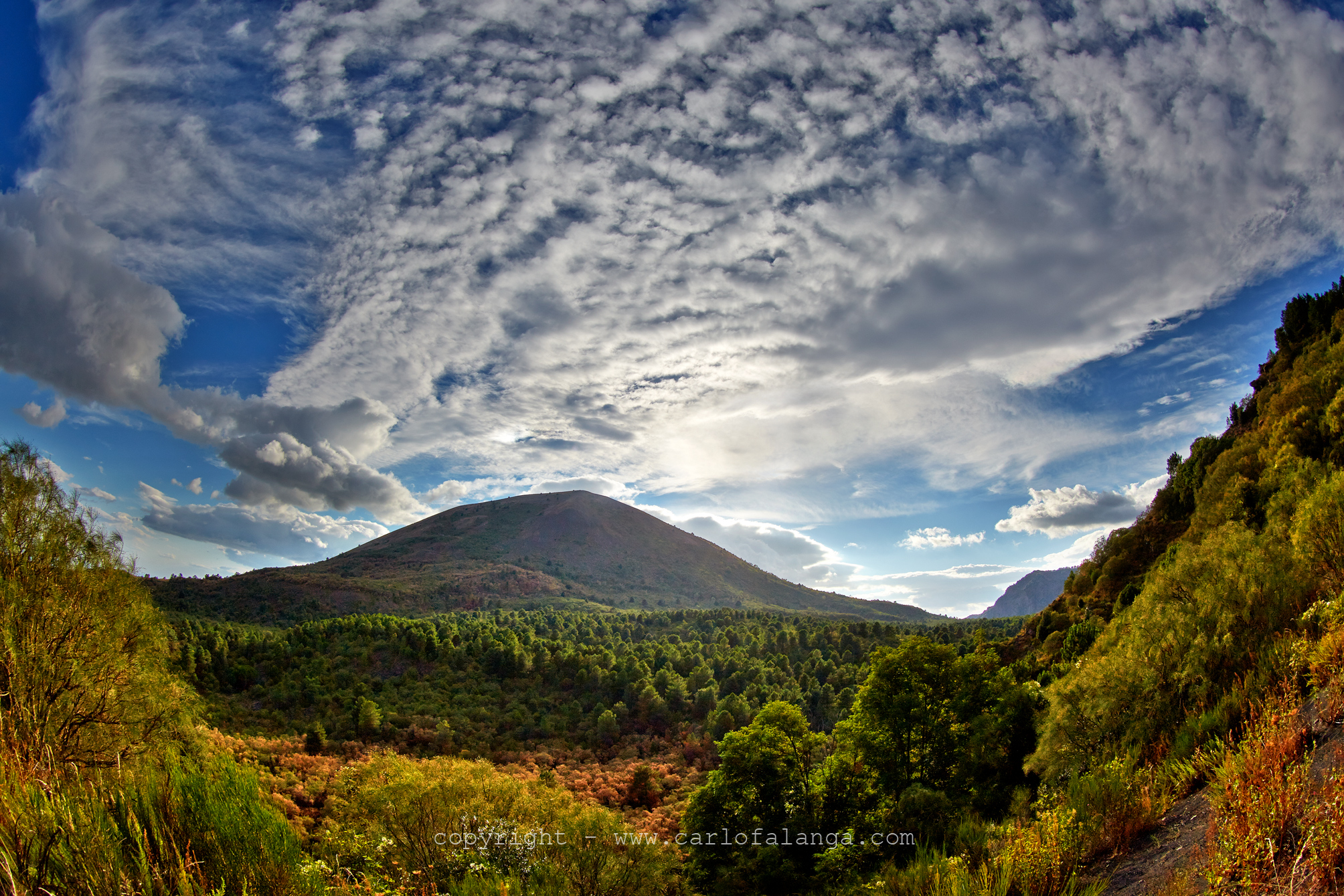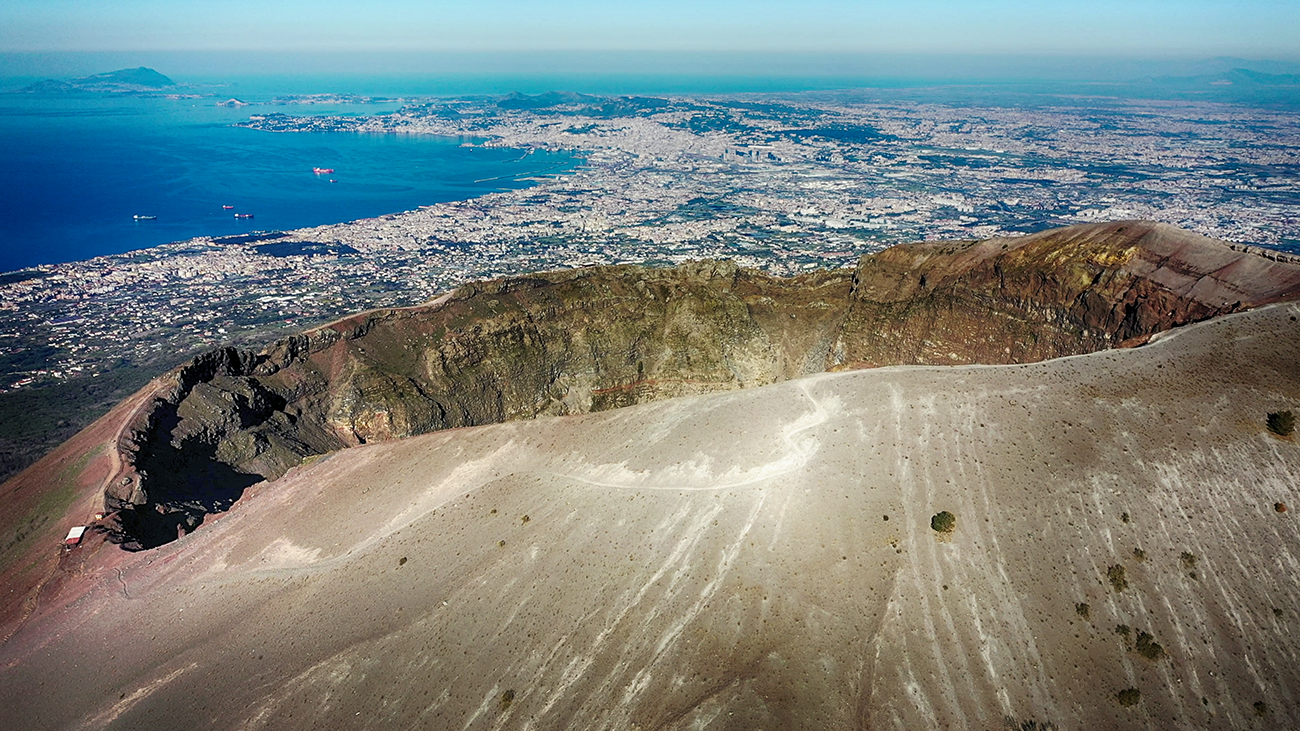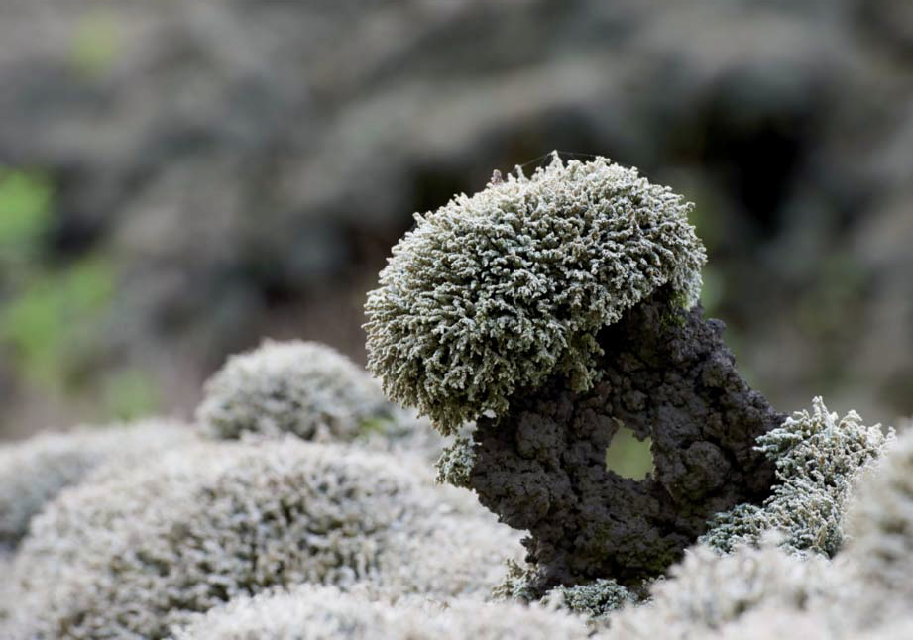The only active volcano in continental Europe is a natural monument, a protagonist of history, an inexhaustible source of inspiration for artists of the most diverse styles, periods and schools, and the essential element of some of the most admired and celebrated landscapes on the planet. A giant who for almost two thousand years in his familiar conformation has reigned over the wide and populous valley at his feet up to the sea and over the city of Naples, which dominates for better or for worse, or in moments of quiet and in those of frightening activity. Therefore, the Somma-Vesuvius complex, unicum of beauty and power, has been a National Park since 5 June 1995, enjoying special protection due to its recognized geological, biological and historical-cultural interest. 8482 hectares, safeguarded with the aim of promoting correct integration between the environment and man, scientific research and environmental education activities. And to further underline the extraordinary nature of the heritage that Vesuvius represents, the Park also includes a Natural Protection Reserve, two Sites of Community Importance (SIC), a Special Protection Area (SPA) within the Natura Network 2000 and a wilderness area.
An even larger area than that bound by the National Park, over 13 thousand hectares, has been a UNESCO Mab Biosphere Reserve since 1997. In addition to the Somma-Vesuvius complex, the ancient city of Pompeii and the Vesuvian Villas of the so-called Golden Mile are an integral part of the Reserve. They are the three elements that make up the "cultural landscape", where the natural elements are intertwined with the historical, artistic and cultural ones, forming one and the other a unique and peculiar landscape, a heritage of absolute global value that the establishment of reservation highlights and validates.
The National Park, therefore, presents extraordinary elements of interest and various primates. It is, among other things, one of the places with the greatest variety of minerals in the world. In terms of biodiversity it is no less, considering that it has 906 plant species, which make it one of the richest areas of the Earth in relation to the extension, and the fauna is also particularly varied, just think that on Vesuvius only the lepidoptera (butterflies) are represented by 44 species. In addition to the plant heritage linked to the presence of woods and Mediterranean bush, the proverbial fertility of the soil, recognized since ancient times, has favored the flourishing of agriculture in every historical period during the dormant phases of the volcano. Reality still alive and testified by the large number of agricultural productions and typical products of excellence that characterize the Vesuvian area. The typical products currently recognized are: the Vesuvius PAT apricot; the Monte cherry in the Monte Somma area; Pappacona and the other characteristic plums of Vesuvius; the Catalanesca table grape, produced between Somma Vesuviana and Terzigno, so called due to its origin from Catalonia in the 15th century; the nocillo liqueur; honey; the piennolo tomato from Vesuvius DOP; the yellow tomato from Vesuvius: bread with criscito (mother yeast); endive pizza; stockfish and cod in Somma Vesuviana; the Lacryma Christidel Vesuvio DOC.
The Park includes the territories of thirteen Municipalities: Boscoreale, Boscotrecase, Ercolano, Massa di Somma, Ottaviano, Pollena Trocchia, San Giuseppe Vesuviano, San Sebastiano al Vesuvio, Sant'Anastasia, Somma Vesuviana, Terzigno, Torre del Greco and Trecase. The seat is at the Medici Castle of Ottaviano.
Ph:@Angelo Ammendola/Archivio Parco Nazionale del Vesuvio



Comments powered by CComment